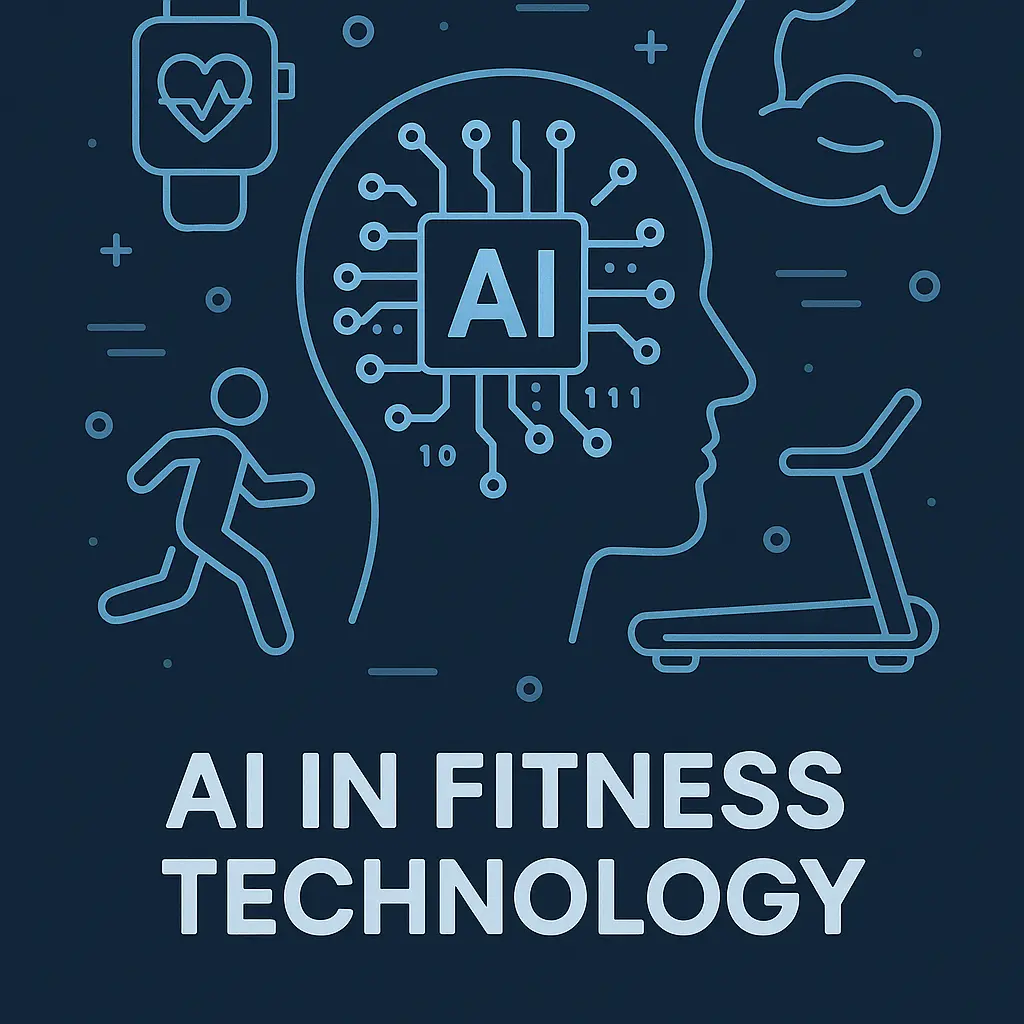Why AI in Fitness Matters Now
More Americans are using AI to improve how they work out and eat. In 2025, smart devices help track health in real-time, and AI tools give fully personalized plans.
Top Health Tracking Devices
What Are They?
Devices like Apple Watch, Fitbit, and Whoop track your body all day. They show heart rate, sleep, stress, and more.
What Do They Measure?
- Heart rate
- Sleep quality
- Respiration
- Recovery readiness
AI-Powered Workout Planning
Best AI Fitness Apps
- Freeletics
- Fitbod
- Tempo Move
How They Personalize Your Training
These apps adjust your workout based on your past performance, fatigue, and muscle recovery.
AI for Nutrition
Top Tools
- Eat This Much
- MyFitnessPal AI
- Yazio
How They Work
They generate custom meal plans using your goals, allergies, and body metrics.
Smart Recovery Devices
Tools like Hyperice and Therabody use AI to recommend when to rest and what recovery to use.
Real-Life Case Study
One user lost 22 pounds in 3 months using Fitbod and Whoop. They trained less but smarter by following AI recommendations.
Do These Tools Really Work?
Yes. Studies support their use:
Recommended Products
Pros and Cons of AI in Fitness
| Feature | Pro | Con |
|---|---|---|
| Personalization | Fits your body and goals | Depends on data accuracy |
| Convenience | No trainer needed | Lacks human touch |
| Tracking | Real-time metrics | Privacy concerns |
Common Mistakes People Make
- Relying 100% on AI without reviewing plans
- Using low-quality trackers
- Ignoring mental health data
FAQ
Can AI replace a personal trainer?
No. AI helps but doesn’t replace real human coaching.
Are smart trackers safe?
Yes, when used from trusted brands with secure data handling.
Is AI fitness free?
Some features are free, but the best ones often need a subscription.
